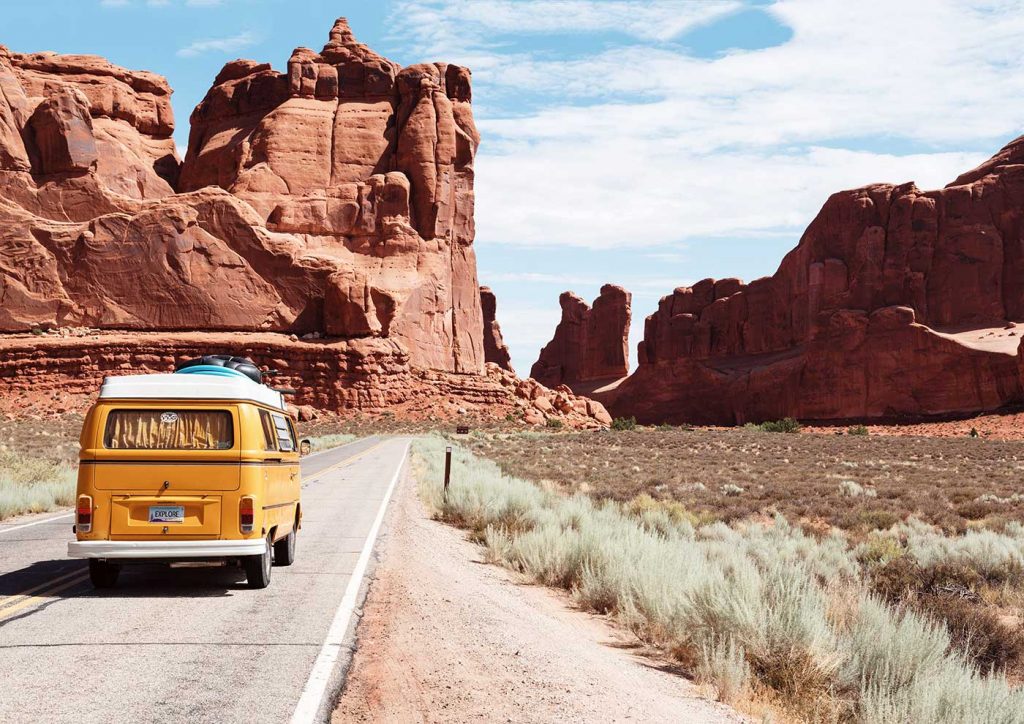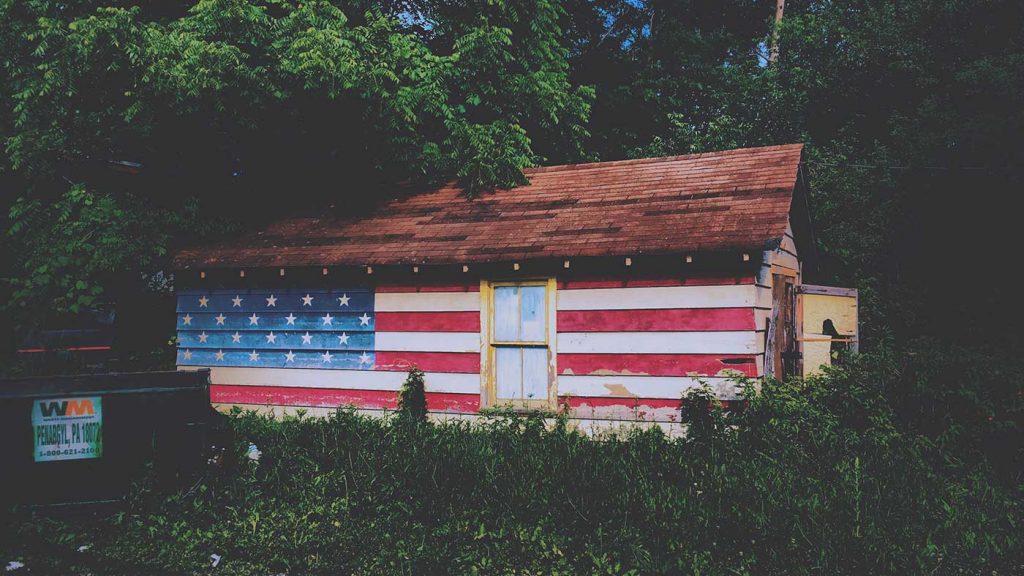The first successful North American transcontinental trip by automobile took place in 1903 and was piloted by H. Nelson Jackson and Sewall K. Crocker, accompanied by a dog named Bud. The trip was completed using a 1903 Winton Touring Car, dubbed “Vermont” by Jackson. The trip took a total of 63 days between San Francisco and New York, costing US$8,000. The total cost included items such as food, gasoline, lodging, tires, parts, other supplies, and the cost of the Winton.
The modern American road trip began to take shape in the late 1930s and into the 1940s, ushering in an era of a nation on the move. The first woman to cross the American landscape by car was Alice Ramsey with three female passengers in 1909. Ramsey left from Hell’s Gate in Manhattan, New York and traveled 59 days to San Francisco, California. Ramsey was followed in 1910 by Blanche Stuart Scott, who is often mistakenly cited as the first woman to make the cross-country journey by automobile East-to-West (but was a true pioneer in aviation).
Expansion of highways in the United States

New highways in the early 1900s helped propel automobile travel in the United States, primarily cross-country travel. Commissioned in 1926, and completely paved near the end of the 1930s, U.S. Route 66 is a living icon of early modern road tripping.
Motorists ventured cross-country for holiday as well as migrating to California and other locations. The modern American road trip began to take shape in the late 1930s and into the 1940s, ushering in an era of a nation on the move.
The 1950s saw rapid growth of ownership of automobiles by American families. The automobile, now a trusted mode of transportation, was being widely used for not only commuting, but leisure trips as well.








